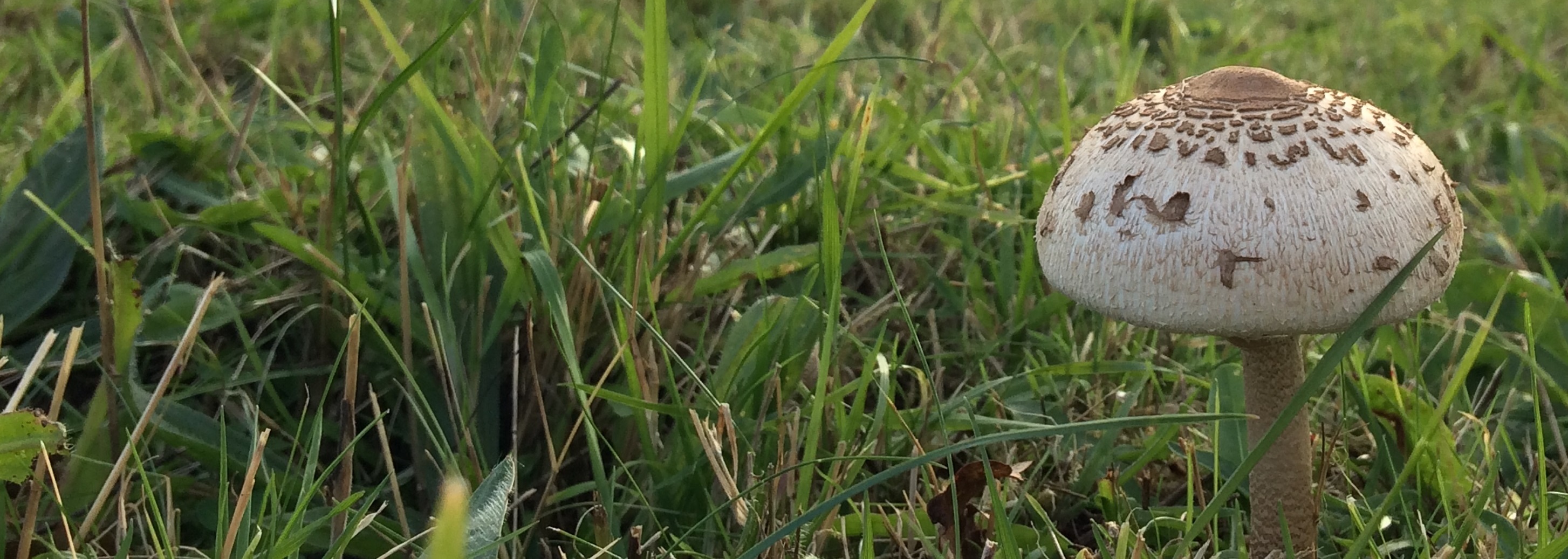Autumn activities: Waxcap watch
This autumn, help Plantlife find the UK’s most colourful and important fungi – waxcaps.
The UK is home to some of the most important waxcap grasslands in the world. However many species are becoming rare and declining; they need identifying and protecting.
Waxcaps are an indicator of rare, species-rich grassland. Knowing where waxcaps and other grassland fungi are thriving helps us pinpoint where fragments of ancient meadows survive, so they can be protected for the future.
Not just important for the hundreds of wildflowers they can be home to, these ancient grasslands are also crucial in the fight against climate change. Species-rich grassland can store up to a third more carbon than areas with just a few species. You can help the Plantlife effort to record waxcaps here.









